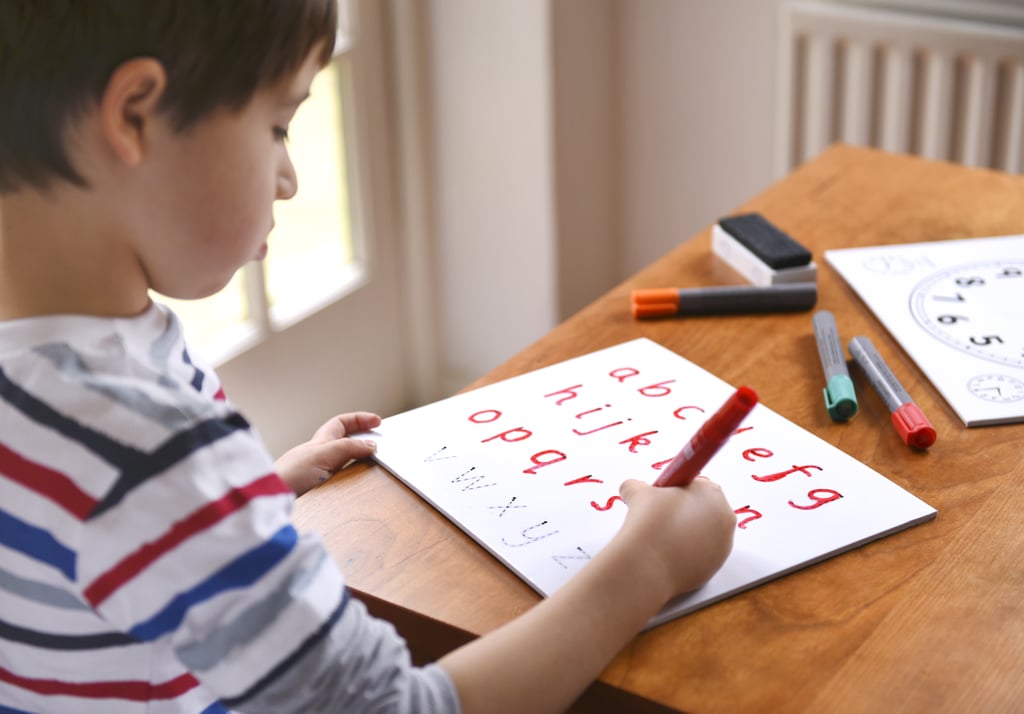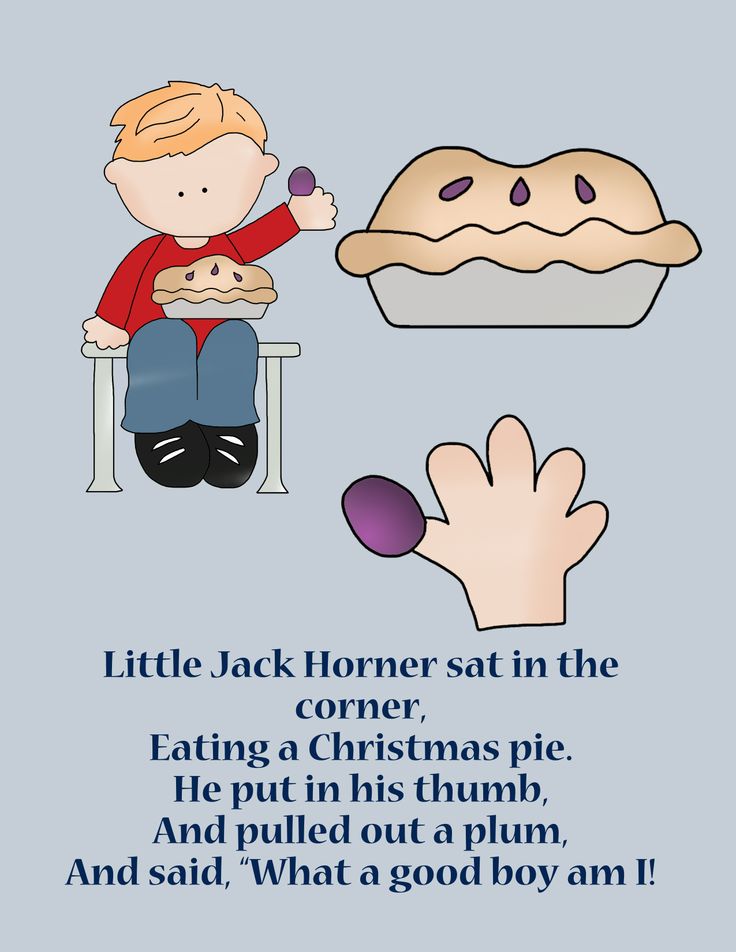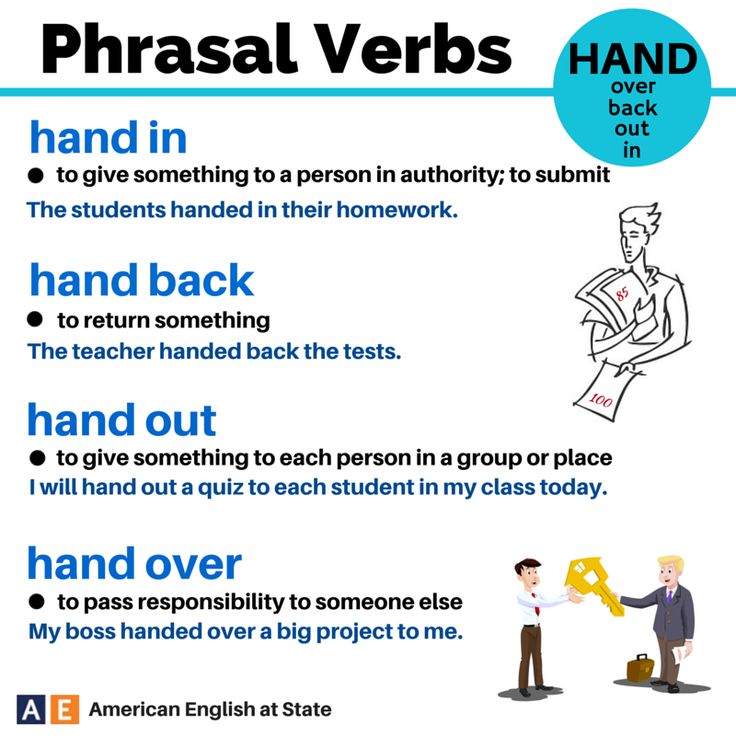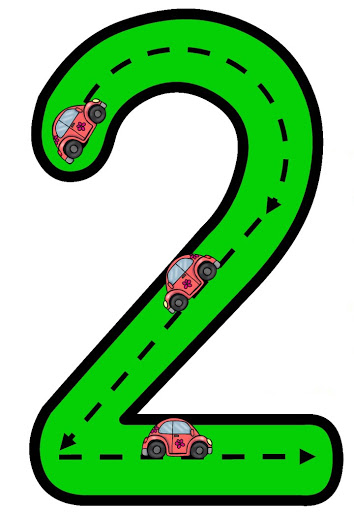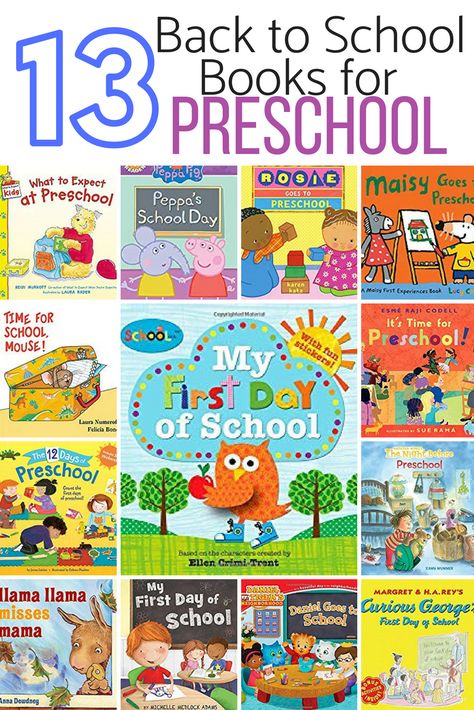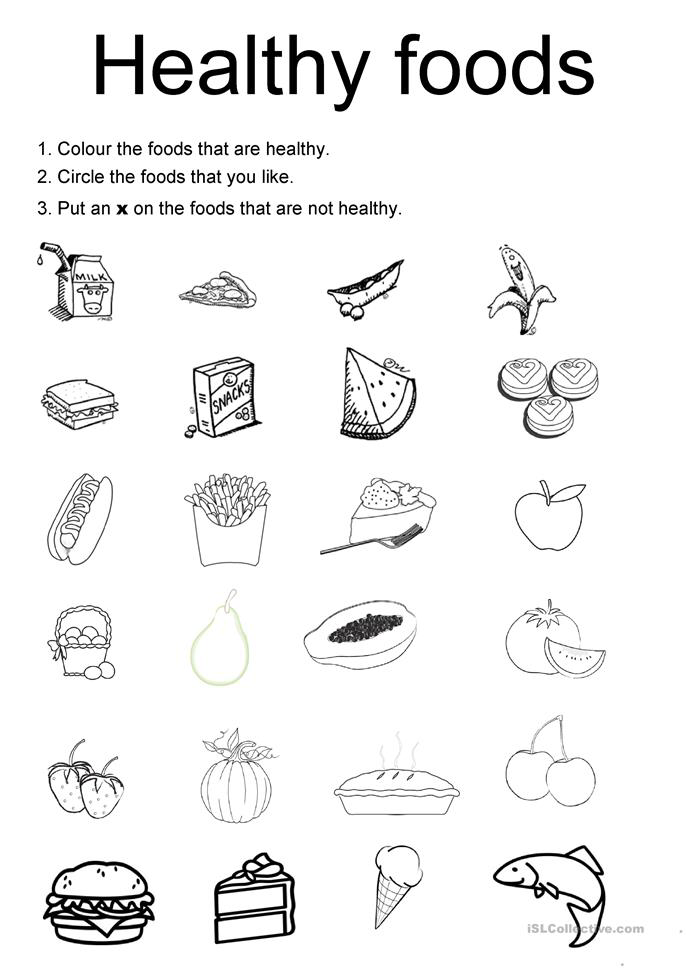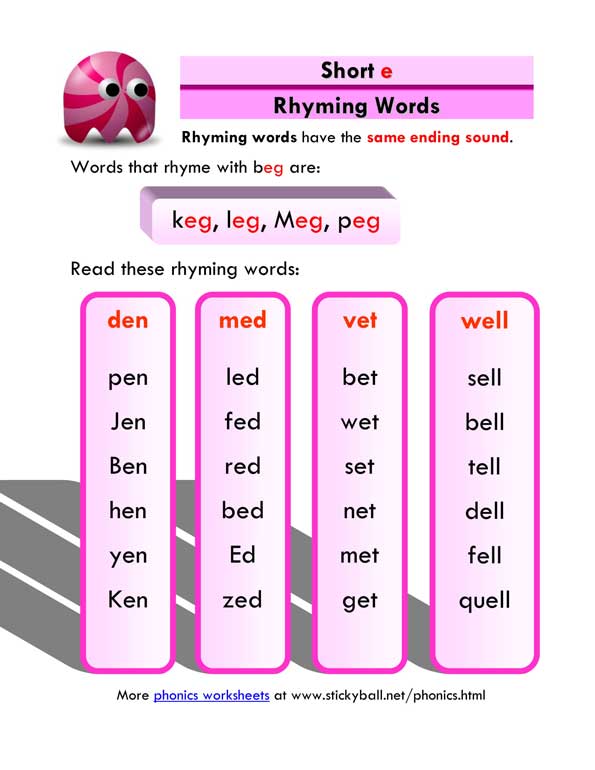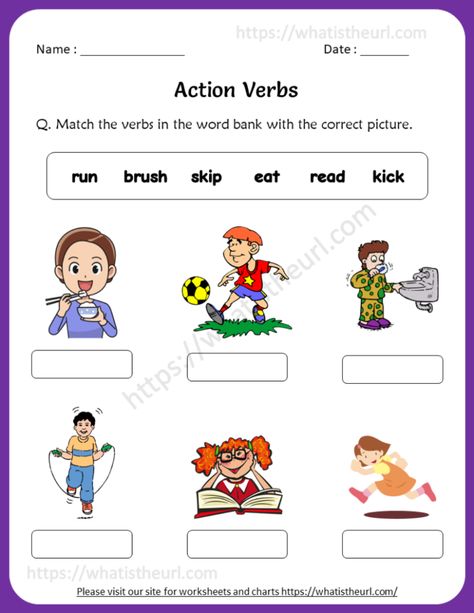Teach my child to write
Helping Young Children Develop Strong Writing Skills
On this page
- Why is writing important?
- What Can You Do?
- Ideas for Parents: How to Help Your Child Become a Stronger Writer
Note: This article was adapted from two articles written by the U.S. Department of Education and was compiled by Colorín Colorado.
Writing is an important part of our daily lives. It is, however, a difficult skill to learn and master. By getting a head start with some simple activities, you can help your child begin to develop her writing skills at an early age. By doing so you will be contributing to her future success as a student and as an adult while teaching her how to express herself.
In this article, we provide some reasons that writing is an important skill for people of all ages, as well as a list of suggestions that will help your child become a stronger writer.
Why is writing important?
Writing is practical.
Every day, we need to write in order to complete our tasks, whether we are filling out a form at the doctor's office or writing an important letter. These tasks require us to write clearly, and organize information effectively.
Writing is an important element of a student's education.
Whether students are writing by hand or on the computer, many assignments and exams require students to write short answers or longer essays as a way of assessing what they have learned. As students get older, they will be expected to show more sophisticated writing skills, and to complete more sophisticated tasks through their writing. In addition, many colleges and universities require students to write essays as part of their admissions application.
Writing can be an important element of an employee's job.
Employees in many kinds of jobs are required to write on a daily basis. Perhaps they are taking phone messages and doing administrative work, or writing research reports and newspaper articles. Whatever the task, their ability to do their job well may depend on their ability to write. Many job applicants also must submit a resumé and a letter of application when applying to a new job.
Writing is an important form of communication.
Writing letters and emails is a common way of keeping in touch with our friends, relatives, and professional colleagues. Writing is frequently the final stage in communication when we want to leave no room for doubt, which is why we write and sign contracts, leases, and treaties when we make important decisions.
Writing can be an important outlet.
Many people find writing to be therapeutic, and a helpful way to express feelings that cannot be expressed so easily by speaking.
What Can You Do?
It's important to remember that writing can be as difficult a subject to teach and assess as it is to learn. Many students have trouble writing with clarity, coherence, and organization, and this can discourage them from writing if they feel frustrated.
That's where parent involvement can make a big difference. Encouraging your child to develop strong writing skills at a young age, and to become a better writer as she gets older, can have a lifelong positive impact on her writing, and may make writing an easier and more enjoyable process for her
To get you started, the Department of Education offers a number of ideas of things you can do help your child become a stronger writer.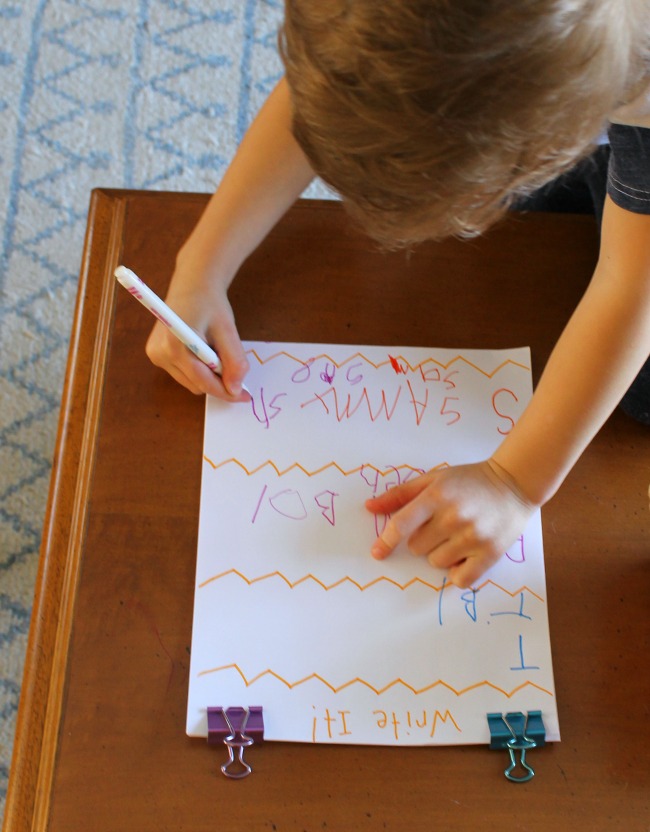 While many of these ideas apply to younger children, they can be adapted for older children as well. To learn more about ways to support your children if they continue to struggle with writing in middle and high school, read Tips for Parents of Struggling Adolescent Writers.
While many of these ideas apply to younger children, they can be adapted for older children as well. To learn more about ways to support your children if they continue to struggle with writing in middle and high school, read Tips for Parents of Struggling Adolescent Writers.
Ideas for Parents: How to Help Your Child Become a Stronger Writer
What You Need
- Pencils, crayons, or markers
- Yarn or ribbon
- Writing paper or notebook
- Cardboard or heavy paper
- Construction paper
- Safety scissors
Before getting started
Provide a place
It's important for your child to have a good place to write, such as a desk or table with a smooth, flat surface. It's also crucial to have good lighting.
Provide the materials
Provide plenty of paper (lined and unlined) and things to write with, including pencils, pens, and crayons.
Brainstorm
Talk with your child as much as possible about her ideas and impressions, and encourage her to describe people and events to you.
Activities for young children
Encourage the child to draw and to discuss her drawings
Ask your child questions about her drawings such as:
"What is the boy doing?"
"Does the house look like ours?"
"Can you tell a story about this picture?"
Show an interest in, and ask questions about, the things your child says, draws, and may try to write.
Ask your child to tell you simple stories as you write them down
Copy the story as your child tells it, without making changes. Ask her to clarify anything you don't understand.
Encourage your child to write her name
Practice writing her name with her, and point out the letters in her name when you see them in other places (on signs, in stores, etc.). She may start by only writing the first few letters of her name, but soon the rest will follow.
Use games
There are numerous games and puzzles that help children with spelling while increasing their vocabulary.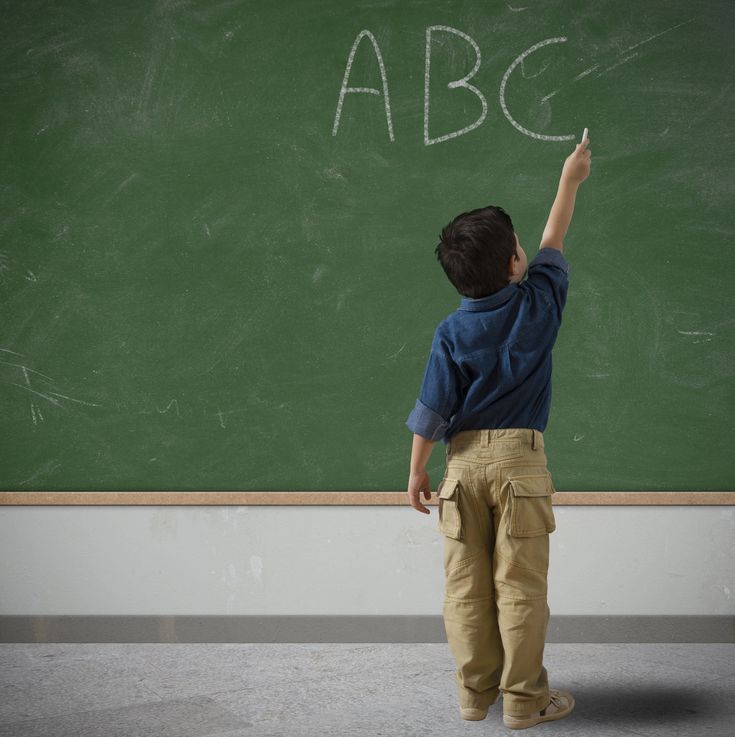 Some of these may include crossword puzzles, word games, anagrams, and cryptograms designed especially for children. Flash cards are fun to use too, and they're easy to make at home.
Some of these may include crossword puzzles, word games, anagrams, and cryptograms designed especially for children. Flash cards are fun to use too, and they're easy to make at home.
Turn your child's writing into books
Paste her drawings and writings on pieces of construction paper. For each book, make a cover out of heavier paper or cardboard, and add special art, a title, and her name as author. Punch holes in the pages and cover, and bind the book together with yarn or ribbon.
Day-to-Day Activities
Make sure your child sees you writing
She will learn about writing by watching you write. Talk with her about your writing so that she begins to understand why writing is important and the many ways it can be used.
Encourage your child to write, even if she's scribbling
Give your child opportunities to practice writing by helping her sign birthday cards, write stories, and make lists.
As your child gets older, write together
Have your child help you with the writing you do, including writing letters, shopping lists, and messages.
Suggest note-taking
Encourage your child to take notes on trips or outings, and to describe what she saw. This could include a description of nature walks, a boat ride, a car trip, or other events that lend themselves to note-taking.
Encourage copying
If your child likes a particular song, suggest that she learn the words by writing them down. Also encourage copying favorite poems or quotations from books and plays.
Encourage your child to read her stories out loud
As your child gets older, ask her to share her stories with you. Listen carefully without interrupting, and give her positive feedback about her ideas and her writing!
Hang a family message board in the kitchen
Offer to write notes there for your child. Be sure that she finds notes left there for her.
Be sure that she finds notes left there for her.
Help your child write letters and emails to relatives and friends
These may include thank you notes or just a special note to say hello. Be sure to send your child a letter or card once in awhile too so that she is reminded of how special it is to get a letter in the mail. Consider finding a pen pal for your child.
Encourage keeping a journal
This is excellent writing practice as well as a good outlet for venting feelings. Encourage your child to write about things that happen at home and school, about people she likes or dislikes and why, and about things she wants to remember and do. If she wants to share the journal with you, read the entries and discuss them together.
Things to remember
Allow time
Help your child spend time thinking about a writing project or exercise. Good writers often spend a lot of time thinking, preparing, and researching before starting to write.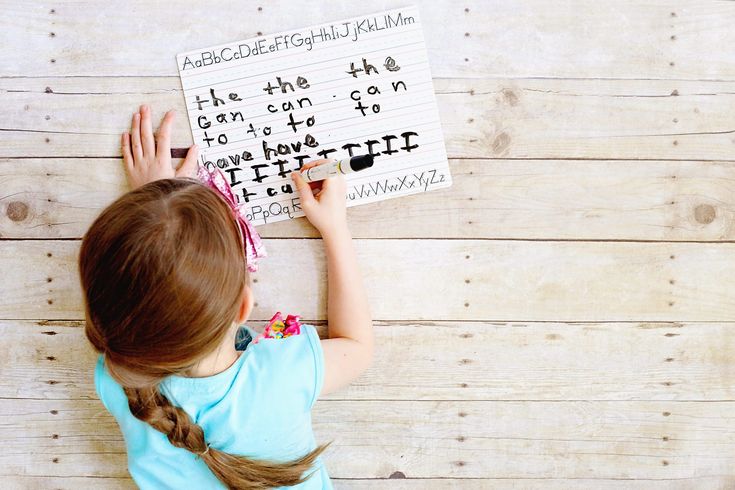 Your child may dawdle, sharpen a pencil, get papers ready, or look up the spelling of a word. Be patient — this may all be part of her preparation.
Your child may dawdle, sharpen a pencil, get papers ready, or look up the spelling of a word. Be patient — this may all be part of her preparation.
Respond to your child's writing
Respond to the ideas your child expresses verbally or in writing. Make it clear that you are interested in what the writing conveys, which means focusing on "what" the child has written rather than "how" it was written. It's usually wise to ignore minor errors, particularly at the stage when your child is just getting ideas together.
Praise your child's writing
Take a positive approach and find good things to say about your child's writing. Is it accurate? Descriptive? Original? Creative? Thoughtful? Interesting?
Avoid writing for your child
Don't write a paper for your child that will be turned in as her work, and don't rewrite your child's work. Meeting a writing deadline, taking responsibility for the finished product, and feeling ownership of it are also important parts of the writing process.
Help your child with her writing as she gets older
Ask your child questions that will help her clarify the details of her stories and assignments as they get longer, and help her organize her thoughts. Talk about the objective of what she is writing.
Provide your child with spelling help when she's ready for it
When your child is just learning how to read and write, she may try different ways to write and spell. Our job is to encourage our children's writing so they will enjoy putting their thoughts and ideas on paper. At first, your child may begin to write words the way that she hears them. For example, she might write "haf" instead of "have", "frn" instead of "friend", and "Frd" instead of "Fred." This actually is a positive step in developing her phonemic awareness. Keep practicing with her, and model the correct spelling of words when you write. As your child gets older and begins to ask more questions about letters and spelling, provide her with the help she needs.
Practice, practice, practice
Writing well takes lots of practice, so make sure your child doesn't get discouraged too easily. It's not easy! Give her plenty of opportunities to practice so that she has the opportunity to improve.
Read together
Reading and writing support each other. The more your child does of each, the better she will be at both. Reading can also stimulate your child to write about her own family or school life. If your child has a particular favorite story or author, ask her why she thinks that story or that person's writing is special.
As you read and write more with your child, you will be building an important foundation, and taking steps that will help your child to become a better reader, writer, and student. Your efforts now will make a difference — and it may be just the difference that your child needs to succeed!
References
U.S. Department of Education. Office of Educational Research and Improvement, Archived Information. "Help Your Child Learn to Write Well." http://www.ed.gov/pubs/parents/Writing/index.html.
"Help Your Child Learn to Write Well." http://www.ed.gov/pubs/parents/Writing/index.html.
U.S. Department of Education. Parent Section: Helping Your Child Become a Reader. "Write On!" http://www.ed.gov/parents/academic/help/reader/part5.html#write.
Reprints
You are welcome to print copies or republish materials for non-commercial use as long as credit is given to Colorín Colorado and the author(s). For commercial use, please contact [email protected].
Major support provided by our founding partner, the American Federation of Teachers, AFL-CIO.
With generous support provided by the National Education Association.
ADVERTISEMENT
Most Popular
Language Objectives: The Key to Effective Content Area Instruction for English Learners
8 Strategies for Building Relationships with ELLs
Supporting ELLs in the Mainstream Classroom: 12 Strategies for Language Instruction
Using Cognates to Develop Comprehension in English
Tweets by @ColorinColorado
How to Teach a Child to Write Their Name: Simple Steps
- Share
If you want to learn how to teach a child to write their name for the first time, it can be tempting to whip out a piece of paper and start tracing letters.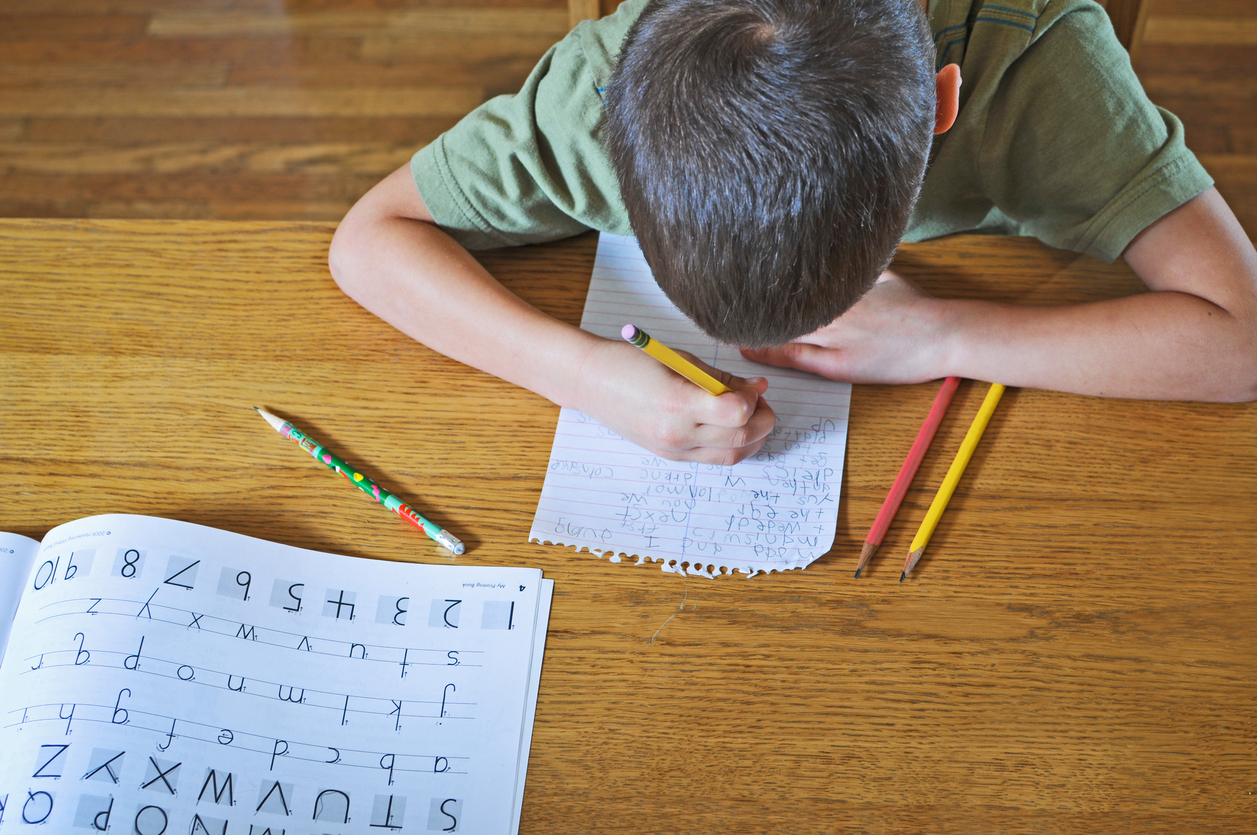
If your child is still in preschool, she needs to develop important pre-writing skills before moving onto pen and paper.
Read on to find out how you can go about preparing your child and eventually teaching her how to confidently and correctly write her name.
When Should a Child be Able to Write Their Name?
Firstly, you may be wondering if your 3 or 4-year-old should be able to write their name or why you are practising so often and your child is still not properly writing it.
It’s important to understand that children first start randomly forming and experimenting with letters as part of the developmental stages of drawing.
Scribbles and lines turn into loops and spirals and then shapes.
At some point, between 2 and 4, shapes that vaguely resemble letters start to emerge (like the capital letter T or V). These are not yet necessarily formed on purpose.
At around the age of 4, your child will probably start to “write” on his drawings, which means he is experimenting with forming letters he sees often – in his environment, his name written on his artwork, etc.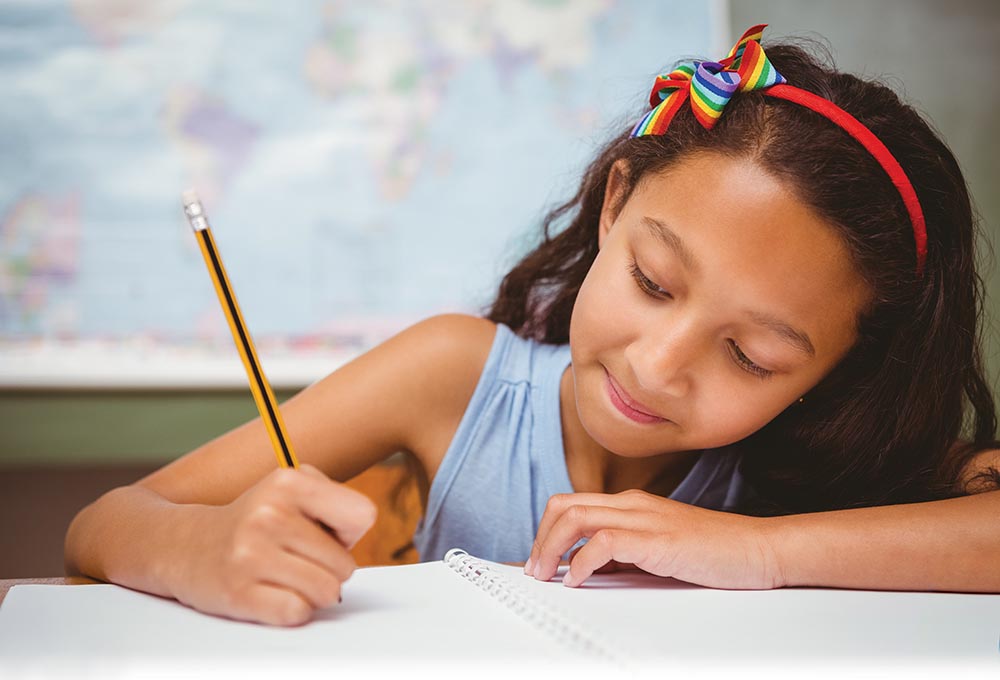
He may proudly announce that he is writing. Your child is probably more exposed to his name than any other word if it’s written on his belongings, his artwork and especially if a parent is trying to practise it often.
The simple answer is don’t worry about it. There is no age that your child must know how to write his name. It will probably start emerging around 4 years, maybe a little earlier or later.
If your child is too young developmentally to be expected to write, then the same applies to his name.
While it is inappropriate to start teaching and expecting your child to write, it is understandable that you may want to practise just his name.
There are ways to do this that are fun and developmentally appropriate and that will not cause stress or worse, boredom!
Should Children Write their Names with Capital Letters
It is easier for a young child to learn their name in capital letters first, as these are made up of simpler lines and curves.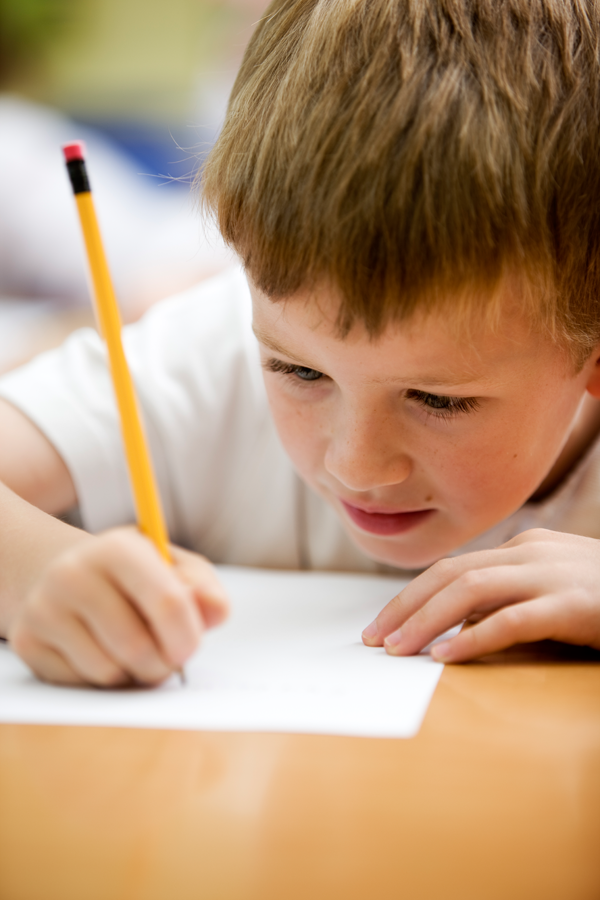
Your child will also experience more success when actually being able to form the capital letters.
While many still believe in only capitalizing the first letter, this article on teaching capital letters first is an excellent explanation of why it’s best not to introduce a young child to lower-case letters.
The occupational therapist states:
“No matter how excellent the instruction, not all five-year-olds have the underlying spatial-temporal perceptions or visual motor skills to support learning lowercase.”
When a child learns to form the letters incorrectly, it becomes more difficult later on to form the letters properly.
Here is a common example of how children write a letter ‘a’ when they don’t have fine motor control yet, or they have not been taught the correct formation.
They tend to draw a circle and then attach a line or stroke onto the side. This will not be an easy habit to undo.
Here is an example of how to teach an older child the correct formation. Start at the top, go around to the left, all the way back up, then straight down.
Start at the top, go around to the left, all the way back up, then straight down.
This particular font has a flick at the bottom. Some schools use a font similar to this, or one where the ‘a’ has a straight line without a flick.
This does not matter too much. It is more important to focus on the correct direction and to not lift the pencil to form the line going down.
How Do You Teach a Child to Write Their Name?
Writing is a process of developing many skills, and the very last step in that process is writing letters on a piece of paper with a pencil or pen.
Children begin writing by the first grade because by then they have developed the necessary fine motor control to write correctly and control their pencil.
For preschool children, the first step in the puzzle is to develop their fine and gross motor skills, and later to start learning to write their names by being introduced to letters in many different informal ways.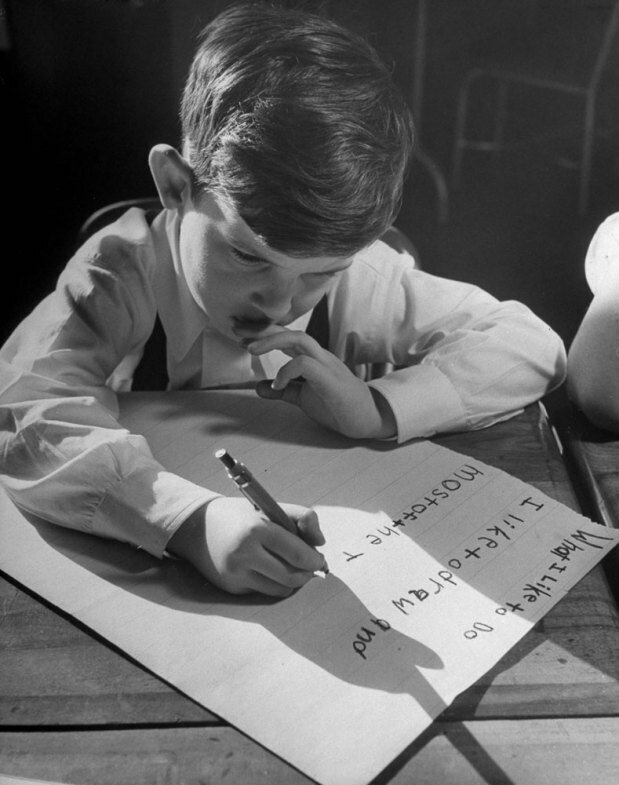
Put away the worksheets, boring traceables, online apps and any other activity that isn’t play-based.
There’s a reason children are wired to play for the first few years of their life. It’s how they learn. Everything else is a waste of time.
Here is a quick breakdown of the steps involved in teaching your child to write their name. Watch the video or read the steps below.
1.
Develop General Fine and Gross Motor SkillsIn order for children to be able to write – a skill that requires fine motor control – they need to first develop their gross motor skills.
Think of this as starting large and going smaller over time.
Gross motor skills can be built through everyday movement and play activities.
Children should experience movements such as climbing, running, swinging, jumping, skipping and playing with balls.
They will naturally develop these muscles during free play and you can also play games with your children to specifically work on these skills.
Children develop their gross motor skills first and later their small muscles strengthen.
Fine motor activities include drawing, painting, playing with beads, using pegboards, threading, lacing, etc.
These are all vitally important as children must have good muscle control before they can hold a pencil and write.
Start with these fine motor skills toys you probably already have at home.
2. Let Your Child See Their Name Often
An important step in learning to write a name is name recognition.
A child who sees her name often will start to understand what it represents, imprint it in her memory, and have greater success when attempting to write it.
Write your child’s name on the top left-hand corner of her pictures. This also teaches how we write from left to right and top to bottom in English.
Label her belongings, her bedroom door if possible and any other places that are appropriate.
To help you teach the letters, print your child’s full name out in big on a piece of paper or banner and keep it visible during all the following activities.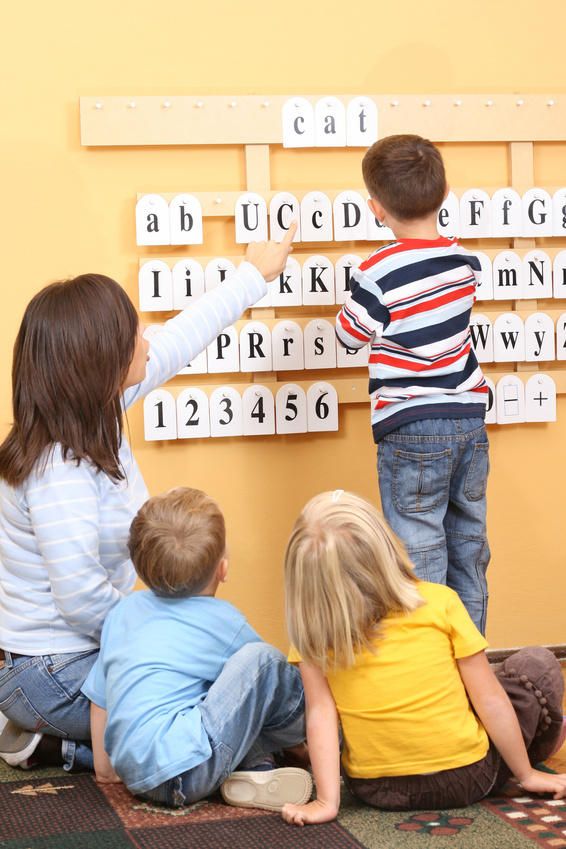
3.
Walk the LettersUsing chalk, draw one letter at a time of your child’s name in huge letters on concrete or paving. The letters should be big enough for your child to walk around them.
Practise correct formation by starting in the correct place and moving along the letter in the correct sequence. Use language to explain the formation.
Let’s start here. Walk all the way up. Turn around and go down all the way to the bottom.
4.
Use Messy PlayMessy play is the best way to teach name recognition and writing. Focus most of your attention on these kinds of activities.
Try to use all the senses if possible – touch, sound, smell, taste and sight. When more senses are incorporated, the concepts are learned quicker and associations are made.
This post contains affiliate links for educational products that I personally recommend. If you purchase through one of them, I earn a commission at no extra cost to you.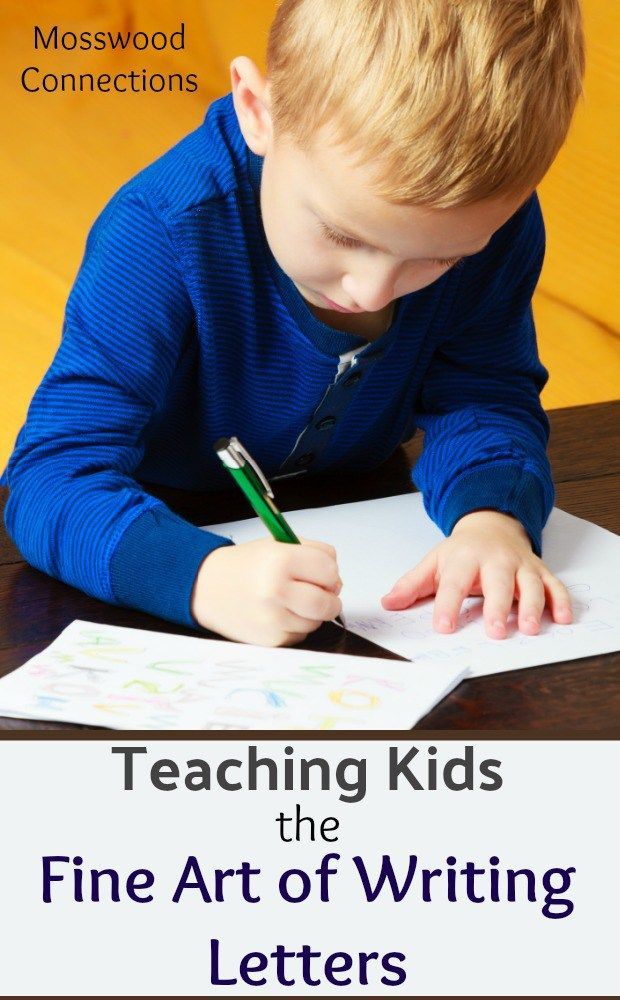 Read the terms and conditions for more details.
Read the terms and conditions for more details.
The messier the activity is, the more likely your child will remember the letters they were playing with and their shapes.
- Use a large paintbrush dipped in water to trace over medium-sized letters drawn in chalk on the paving.
- Form letters in shaving cream.
- Form letters in a tray of sand or in the sandpit.
- Bake letter cookies.
- Say the letter sounds out loud as you form them (not the name ‘bee’ but the sound ‘b’).
- Write the letters on big pieces of sandpaper and get your child to trace them. Feeling the rough texture is an excellent way to imprint the formation in your child’s mind.
- Use finger paint to trace over letters on large paper.
- Using playdough, build each letter in the name. Try making something that starts with that sound.
5.
Play with LettersLet your child play with plastic, foam, rubber or wooden letters.
Feel the letters and trace them with your fingers. Build your name with the letters. Say the sound of each letter.
Fridge magnets are a great way to play with and feel letter shapes.
6. Do
Pre-Writing ExercisesMaking lines and patterns is a great way to introduce the shapes and formations found in letters. Try these pre-writing exercises too.
7.
Start Tracing LettersWhen your child is older (and ready) and you have practised letters in multiple ways, they can start tracing big letters on paper.
- Print each letter onto an A4 paper.
- Get your child to trace over each letter with their finger.
- Ask them to trace that letter onto your back.
- Then take coloured wax crayons and trace the letters a few times.
Over time, you can start to decrease the size of the letters. Print your child’s name in grey letters or dotted letters and ask them to trace the letters in pencil.
Later, write their name softly on their work and get them to trace over it, until they are writing it independently, using the correct formation.
If your child experiments with writing their name before the process is complete, don’t stop them. Allow them to experiment with writing freely.
Remember to have fun and let your child progress through the steps at her own pace.
Get FREE access to Printable Puzzles, Stories, Activity Packs and more!
Join Empowered Parents + and you’ll receive a downloadable set of printable puzzles, games and short stories, as well as the Learning Through Play Activity Pack which includes an entire year of activities for 3 to 6-year-olds.
Access is free forever.
Signing up for a free Grow account is fast and easy and will allow you to bookmark articles to read later, on this website as well as many websites worldwide that use Grow.
- Share
3 principles and 5 ways
Greetings to all readers of the ShkolaLa blog in a new important topic.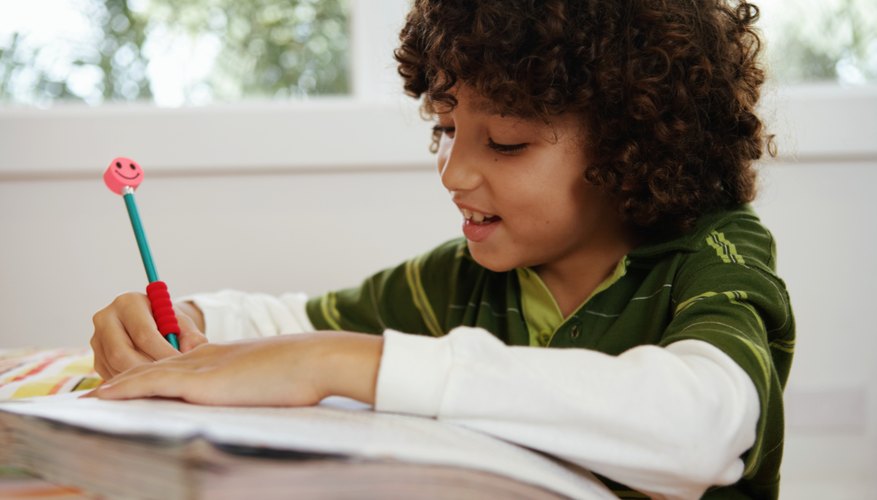
“How to teach a child to write beautifully?” – more than one generation of parents of younger schoolchildren is racking their brains over this question. "Like a chicken paw!" "Dirt in the notebook!" “You explain, show, correct - but still, instead of letters, some kind of scribbles turn out!” Familiar? And you want to help the child, but that's just how? Well, let's figure it out together.
But let's find out first, is it necessary? Or maybe let a child write for himself, as God puts on his soul. Handwriting is not the most important thing in life. Moreover, now in adulthood, everyone mainly types texts on the keyboard, and not manually writes.
Well, it's the same in an adult. And at school, everything is basically the old fashioned way, notebook pens and many, many notes. And if a child writes ugly and sloppy, then expect a decrease in academic performance on all fronts. Including oral subjects. After all, teachers of geography, history, biology also want to see cleanliness and order in notebooks.
And while the child is in the 1st, 2nd, 3rd or 4th grade, the situation with ugly handwriting can be changed. To do this, you need to know what affects the beauty of handwriting. So that letter to letter, number to number, and everyone is the same height and just like a ruler. And send all the notebooks to the exhibition.
Lesson plan:
- 1 The main components of calligraphic success
- 1.1 Developed fine motor skills
- 1.2 Strong back
- 1.3 Correct handle
- 1.4 Proper capture of the handle
- 1.4.1 Method “Pinzet” 900 900
- 1.4.2 Method Checkpoint Method
- 1.4.3 Rubber Band Method
- 1.4.4 Napkin Method
- 1.4.5 Self-Taught Pen Method
- 1.5 Training
Developed fine motor skills
A child will not be able to write normally quickly and beautifully if his fine motor skills are not prepared for this. The muscles of the hand must be ready for the upcoming loads at school.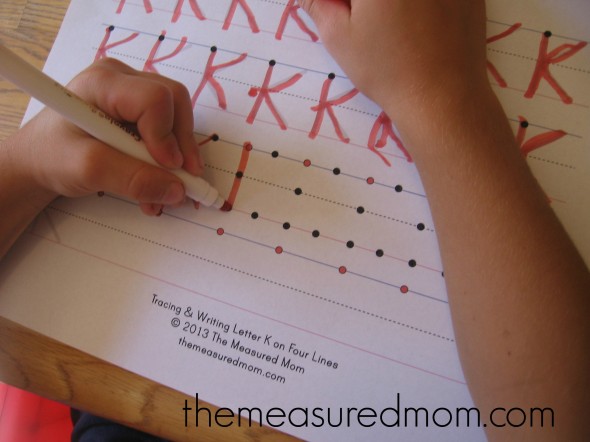 And for this they need to be developed.
And for this they need to be developed.
Fun activities such as:
- drawing and coloring with pencils;
- plasticine modeling;
- construction from small parts, for example, from Lego;
- beading;
- origami;
- scissor work;
- sorting out cereals, etc.
You can do this every day and not only train motor skills, but also enjoy it.
And there are also special exercises and games for the development of fine motor skills. I talked about them in detail in a separate article.
Ignoring the development of fine motor skills is stupid, not only from the point of view of beautiful handwriting, but also from the point of view of the development of thinking, memory, and imagination. And without them, school life is nowhere.
Strong back
It would seem, how are physical education and sports related to beautiful handwriting? It turns out that the connection is direct! A flat back, a strong shoulder girdle, a reliable posture, all this will allow the child to sit at a desk or at a desk correctly, evenly.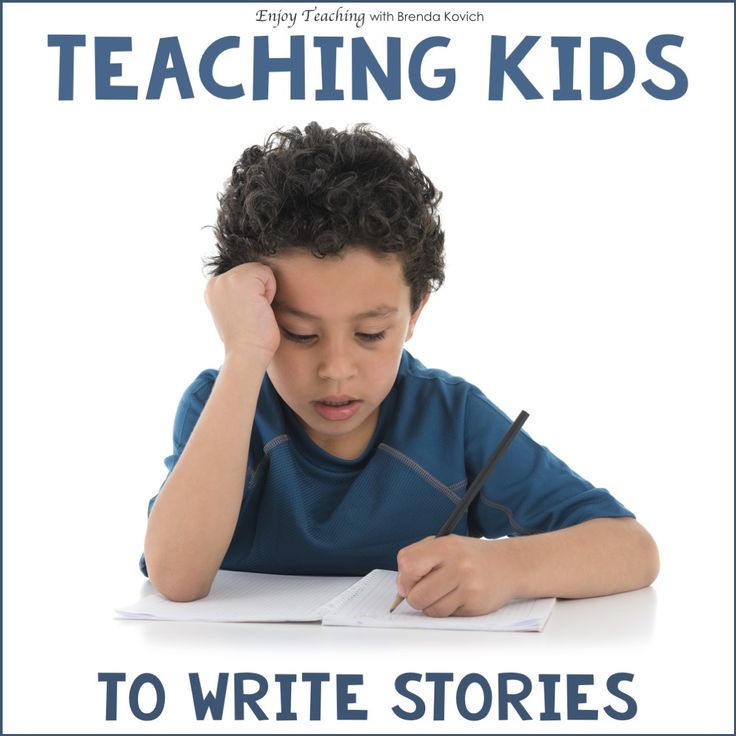
And posture during writing also affects handwriting. It will be difficult to write beautiful letters, lounging on the tabletop or bending over in three deaths.
So, "Get to exercise!" A daily simple set of morning exercises will bring the child closer to beautiful handwriting. Charging on the blog "School" is devoted to a separate article, be sure to read it.
Correct pen
Pens are different:
- gel and ballpoint;
- thin and plump;
- smooth and rough;
- beautiful and not so beautiful.
Which one to choose for a primary school student?
The choice should be guided by the physiology of the child's hand. Our hands are still small, not strong. Therefore, thick, heavy "feathers" are put aside.
It's great if the pen is beautiful, but, you see, this is not the main thing.
When choosing between gel and ball-on, preference should be given to the latter. Gel pens tend to abruptly stop writing or scratch paper, and the gel spreads very well on paper.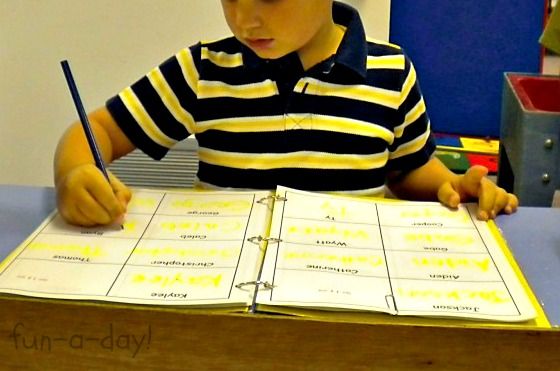
The shaft of the pen must be thin and leave a neat, thin mark. When buying a pen in a store, check it in action, it should slide easily and simply over paper, without requiring much effort.
If the handle is made entirely of metal or plastic, this is not the best choice. The child's fingers will slide over it. It is better to choose a pen that has a special rubber pad with ribs or pimples where it is gripped by fingers.
Also, your teacher will surely appreciate it if you don't use pens with buttons that are a lot of fun to click in class.
Correct pen grip
If a child holds a pen like this
or like this
Do you think he will be able to write beautifully? Maybe it will work, but only the letter will be very slow. Therefore, it is worth paying special attention to the correct holding of the handle.
Is that correct? And this is when the pen lies on the middle finger, is held by the pad of the thumb and is covered by the index finger.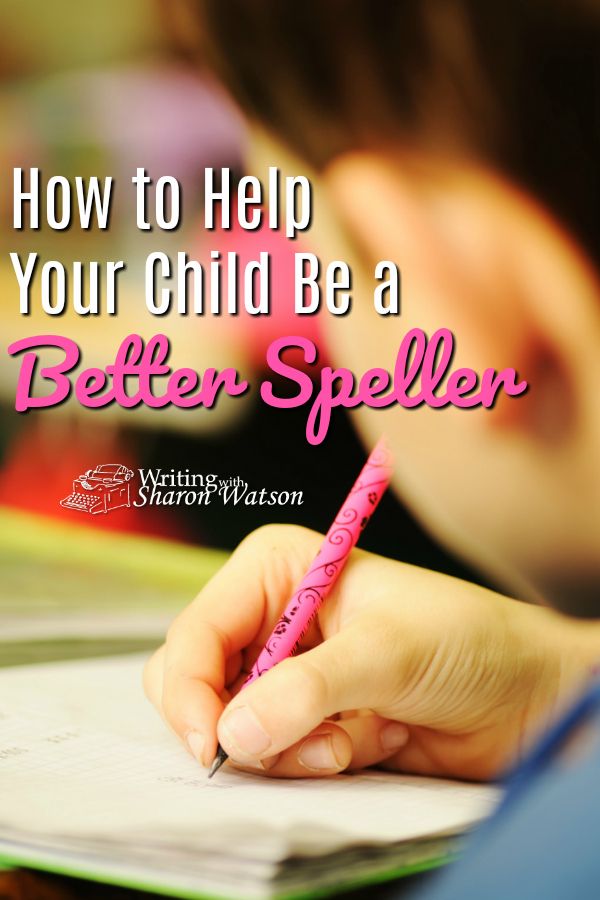 And the little finger and ring finger serve to support the hand and slide bent over the paper.
And the little finger and ring finger serve to support the hand and slide bent over the paper.
This is where the difficulty comes in. Well, our little schoolchildren cannot get used to the correct position of the handle and as soon as it is not enough.
Fortunately, dear parents, there are very concrete ways to correct this situation. Now I will tell you about them and show you. We made a special video for you with my first-grader son Artem.
Tweezer Method
This exercise will help your child understand how to hold that naughty ballpoint pen. The point is to grab the pen with three fingers (thumb, index, middle) at the very top and gradually slide your fingers down. In this case, the handle itself will fall into the hand as it should. Watch the video.
Checkpoint Method
Draw a bright dot on your child's middle finger before doing any writing. This will be where the handle will land. And on the handle, you can use colored tape or tape to mark the lower limit beyond which you can’t lower your fingers.
This will be where the handle will land. And on the handle, you can use colored tape or tape to mark the lower limit beyond which you can’t lower your fingers.
“Rubber” method
Regular bank rubber will help to hold the writing instrument correctly. Excellent trainer. We put an elastic band on the handle and on the child's wrist. And voila! The handle lies in the hand as it should. By the way, it also trains the arm muscles well.
Napkin Method
Another great and easy exercise. Fold an ordinary napkin so that the child can hold it with his little finger and press it against his palm with his ring fingers. So, the little finger and the ring finger are busy and cannot take part in the writing process. Only the correct “writing” fingers remain.
Self-taught pen method
Let's not forget about a special device called self-taught pen. This is a handle on which you can put on a special nozzle. The nozzle most often looks like a beautiful toy. A pen with such an overlay is simply impossible to take wrong. We haven't tried it ourselves, but we've heard a lot of positive reviews.
Self-Taught Pen Trainer | Buy with delivery | My-shop.ru
Self-taught pen trainer for left-handers | Buy with delivery | My-shop.ru
These five ways, if you practice them constantly, will be enough for the child to understand and remember how to hold the pen correctly.
Well, we train motor skills, we learn to hold the pen correctly. What else? What is the third principle?
Trainings
You can't do without constant trainings! You need to train constantly, both in the process of preparing for lessons, and outside of this process.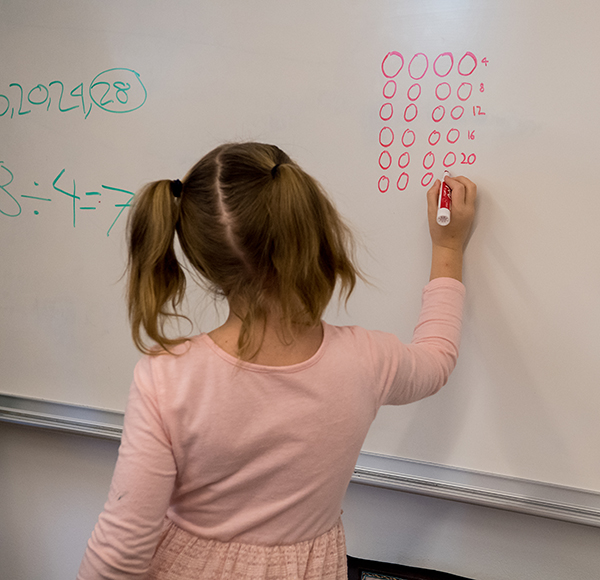 Here you will come to the aid of various recipes. For grade 1 students, you can take prescriptions by age, you can even purchase an additional set of prescriptions the same as in school.
Here you will come to the aid of various recipes. For grade 1 students, you can take prescriptions by age, you can even purchase an additional set of prescriptions the same as in school.
Well, for older kids for students in grades 2, 3 and 4, the cheating exercise is perfect. Just take any text and copy it into a notebook. This exercise, among other things, will help the child get used to cheating. Indeed, in schools now they not only write essays, presentations and dictations, but also periodically conduct so-called control cheating.
Exercises for hatching, stroking and drawing by cells also have not been canceled. You can read more about them in this article.
All of the above, dear parents, is enough to make a child's handwriting, if not calligraphic, then at least very, very pleasant. Oh, and also, I advise you to read an article about dysgraphia, it can make beautiful handwriting impossible.
I wish you patience and perseverance, and your little schoolchildren success in their studies and good health.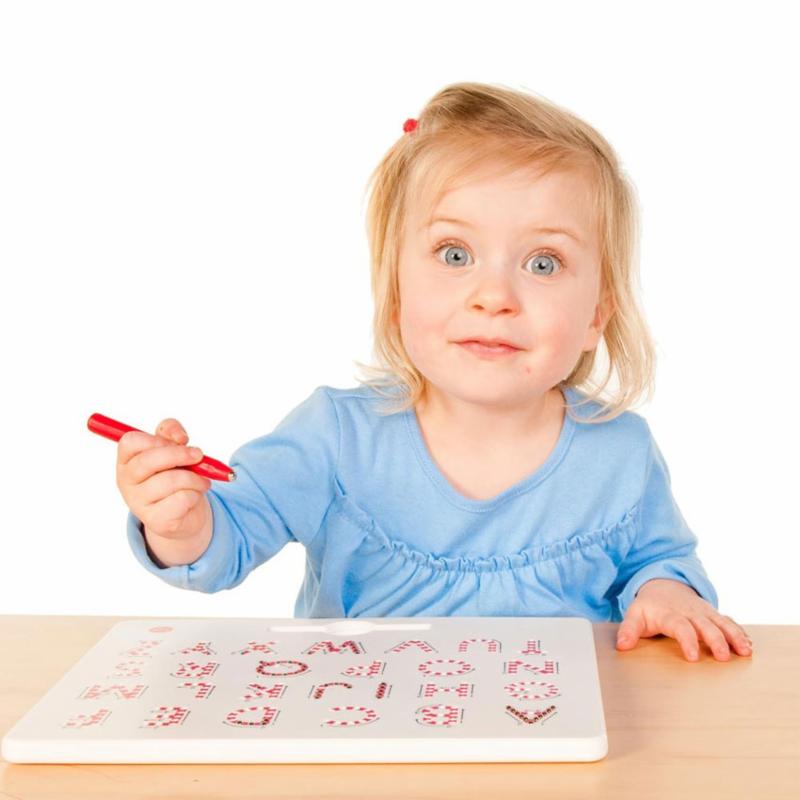
See you soon, in new interesting articles!
Always yours, Evgenia Klimkovich
How to teach a child to write | KOH-I-NOOR HARDTMUT ENG
Encourage parents to practice proper pen gripping technique at home before the child goes to school. This will save the child the time-consuming fixing of a bad grip in first grade.
Before writing, straighten your child's arm with relaxation exercises by moving the entire arm from the forearm to the wrist. Circular movements can be performed while holding a brush or sponge for the board in your hand. It is also recommended to repeat all the exercises after completing the writing process.
For a first introduction to writing, offer the children a No. 2 pencil or, if it scratches the paper too much with a point, No. 1. Check the correct posture at the table, the grip of the pencil, and the result of writing. If during the first half of the year the children learn not to put pressure on the pencil and master individual strokes and letters, you can move on to writing with a ballpoint or gel pen. The chalk board will also be a great help for the child.
The chalk board will also be a great help for the child.
KOCH-I-NOOR HARDMUTH's advice: An interactive whiteboard is no substitute for ordinary white chalk, which won't make pupils' eyes hurt even at the back of the class. Once students have mastered writing, you may choose to allow them to add a Torpedo gel pen to their pencil case.
What is fixing varnish and how to use it
Fixing varnish is designed to make pastel drawings chal...
Read the article
Fall in love with oil paints
paints. Exactly...
Read article
Benefits of colored pencils KOH-I-NOOR HARDMUTH
Let's look at the quality of our colored pencils through the eyes of an expert.
Read article
Experience the magic of the pencil blender
In some sets, as well as separately, you can find a pencil with TV. ..
..
Read article
Tips for celebrating your child's birthday
Celebrating a birthday is very an important event for every little birthday...
Read the article
Ink with metallic shades
One of the main techniques of drawing is working with ink. Metal finishes...
Read article
Discover Gioconda hard crayons
In addition to powder pastels, artists like to use hard pastels with good...
Read article
Brilliant water-soluble paints are ideal for schoolchildren
900 children02 After get acquainted with traditional water-based paints and...Read article
Wax crayons for children
Thinking about the right paints for your child? Don't forget the wax...
Read article
Metallic Versatil
Who wouldn't want to try out a collet pencil with metallic nibs.